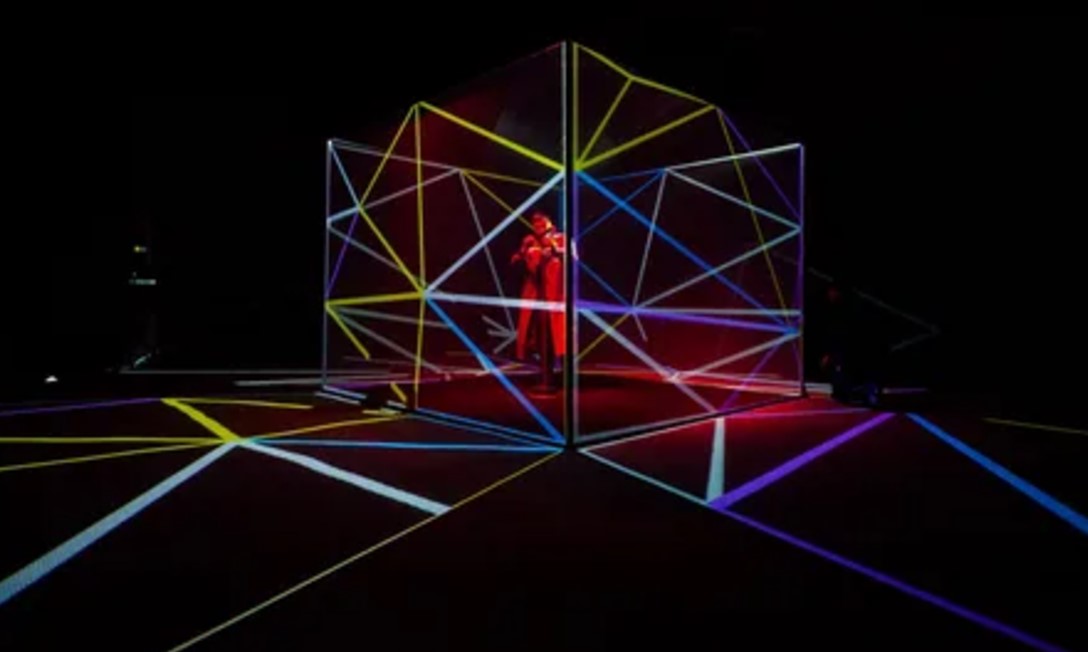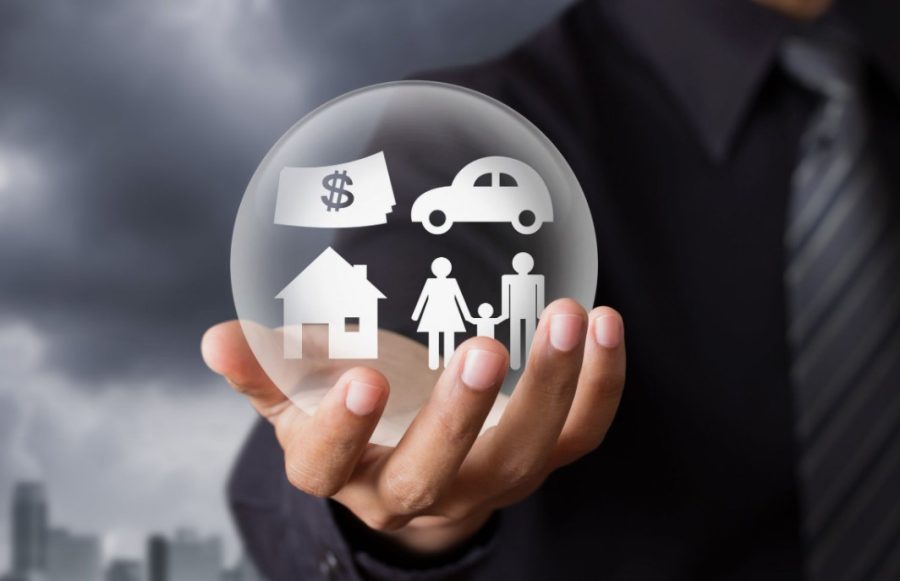3D mapping, also known as video mapping, is an emerging art form that combines 3D projection technology with physical objects or environments to create immersive visual experiences. By projecting visuals onto various surfaces—taking into account their geometry, contours, and spatial orientation—artists, technologists, and event organizers can transform everyday structures and objects into dynamic canvases of light and motion. The art of 3D mapping brings architecture, interiors, small objects, landscapes, and interactive elements to life, captivating audiences in ways that traditional media cannot.
Types of 3D Mapping
The range of 3D mapping applications is extensive, and each type offers unique creative possibilities. Here are some of the primary types:
1. Architectural Mapping
Architectural mapping focuses on large structures such as buildings, towers, bridges, airplanes, and ships. Using the façade or structural outline as a canvas, artists project imagery that can create illusions of movement, collapse, reconstruction, or other surreal effects. This type of mapping is often featured in festivals and city celebrations, turning urban landscapes into interactive artworks.
2. Interior Mapping
For interior spaces, 3D mapping can be projected onto walls, floors, and ceilings to completely alter a room’s atmosphere. Interior mapping can create effects that make walls appear to breathe, rooms to expand or contract, or entire environments to shift in color and mood. This form is commonly used in immersive art installations, as well as in themed events and interactive exhibitions.
3. Projection onto Small Objects
Small object mapping takes advantage of the surface area of smaller items or elements of larger objects, using them as projection surfaces. For instance, video mapping can be applied to a rotating car wheel, musical instruments, a wedding dress, or even a cake, adding layers of animation or interactivity. This type often appears in advertising, performances, and unique event highlights.
4. Landscape Mapping
Landscape mapping takes the experience outdoors, projecting onto natural objects like mountains, cliffs, and trees. This is often used for environmental art installations, outdoor festivals, or conservation awareness campaigns, transforming the organic world with digital layers to highlight natural beauty or deliver a powerful message.

5. Interactive Mapping
Interactive mapping includes human participation, where an individual’s actions can trigger or modify the projection. Through sensors and interactive interfaces, the person’s movements or gestures control the visuals in real-time. This form of mapping is especially popular in interactive art installations, dance performances, and experiential events where the audience becomes an integral part of the experience.
Applications of 3D Mapping
From entertainment to education, 3D mapping is a versatile tool across industries, leaving lasting impressions on audiences and enhancing engagement in various settings. Here are some of its common applications:
1. Entertainment Events
3D mapping plays a prominent role in festivals, city anniversaries, and cultural celebrations, especially through architectural mapping. For instance, during City Day in many cities, historic buildings may be transformed with vibrant projections, creating memorable spectacles that reflect local heritage, cultural icons, or seasonal themes.
2. Sporting Events
In sports arenas, 3D mapping can create virtual effects on the field or around the venue, enhancing the action or storytelling around the event. From lighting up the field with team colors to generating realistic fire or water effects, these projections add to the excitement and drama of sporting events.
3. Corporate Events
Corporations use 3D mapping to customize spaces at events, often in corporate colors and designs that enhance brand identity. Large projection walls or facades can feature branded visuals, supporting keynotes or product launches, or even creating ambiance for gala dinners.
4. Show Programs, Concerts, Circus, and Theater Performances
In the performing arts, 3D mapping can create complex, immersive set designs, enabling real-time scene changes, surreal backdrops, or life-like elements. It’s widely used in concerts to enhance stages, in circuses to complement acts, and in theater performances to transport audiences to entirely new worlds.
5. Cafes and Restaurants
Many restaurants utilize 3D mapping to enhance the dining experience. For instance, some restaurants offer multimedia menus where guests see a projection of the food directly onto their plates before ordering, adding a touch of interactivity to the meal.
6. Educational Institutions
At all levels of education, 3D mapping brings learning materials to life. Interactive floors in kindergartens can teach children the alphabet, colors, and basic traffic rules, while universities and museums use it to create engaging, immersive exhibitions, like historical reconstructions or simulated science labs.
7. Presentations and Trade Shows
Companies often incorporate 3D mapping into product presentations or trade show exhibits to showcase new products in an eye-catching way. This allows them to present a dynamic experience while aligning visuals with brand colors and values, enhancing memorability and audience engagement.
Key Considerations in 3D Mapping
Creating a successful 3D mapping projection requires careful planning and technical expertise. Here are some of the important factors:
1. Projector Placement and Object Illumination
The position of the projector, along with the size, surface, and illumination of the object, are critical. For architectural mapping, having accurate structural drawings simplifies setup. The projection needs to match the object’s geometry exactly, so even slight misalignment can distort the final visual.
2. Powerful Projectors
High-powered projectors are a must for large-scale projections, especially for outdoor or architectural mapping. These projectors are capable of covering large areas, like 400 square meters, without losing image quality or brightness.
3. Surface Color
The object’s surface color affects the projection’s look. For example, warm colors (such as reds, oranges, and yellows) resonate well with brick surfaces, while cool colors (like blue or green) may appear faded or distorted on such surfaces.

4. Accompanying Music
Adding music to the visual sequence enhances immersion, keeping audiences captivated and enhancing the impact of the projected story or visuals.
5. 3D Model Accuracy
The authenticity and effectiveness of the visual effect rely on the precision of the 3D model used in the projection. If the model lacks detail or does not match the object, the visuals can appear unnatural, failing to align or “stretch” correctly.
6. Building Structure and Transparency
Buildings that are light in color, with minimal glass, work best for 3D mapping, as they reflect light well. Old stone buildings, for instance, absorb more light, making even bright projections appear dull. Windows are typically covered with white paper or film to prevent “blackouts,” which can limit the projection’s effectiveness.
7. Unique and Tailored Setup
Each 3D mapping project is unique, requiring customized equipment and planning based on venue characteristics and artistic goals. The process is highly collaborative, involving teams of artists, engineers, and technicians to create a seamless, captivating display.
Conclusion
3D mapping has revolutionized how we view and interact with the world, turning ordinary surfaces and objects into extraordinary visual experiences. As the technology advances, so does its potential to captivate and educate, offering new ways for artists, brands, and educators to engage their audiences. The level of detail and customization in each 3D mapping project underscores the artistry and technical skill involved, making it one of the most impactful forms of audiovisual expression today. From cultural celebrations to corporate events, 3D mapping continues to reshape our perception of space and art, merging digital creativity with the physical world in a unique and memorable way.

Hiking addict, shiba-inu lover, record lover, Swiss design-head and New School grad. Acting at the crossroads of modernism and sustainability to craft an inspiring, compelling and authentic brand narrative.


